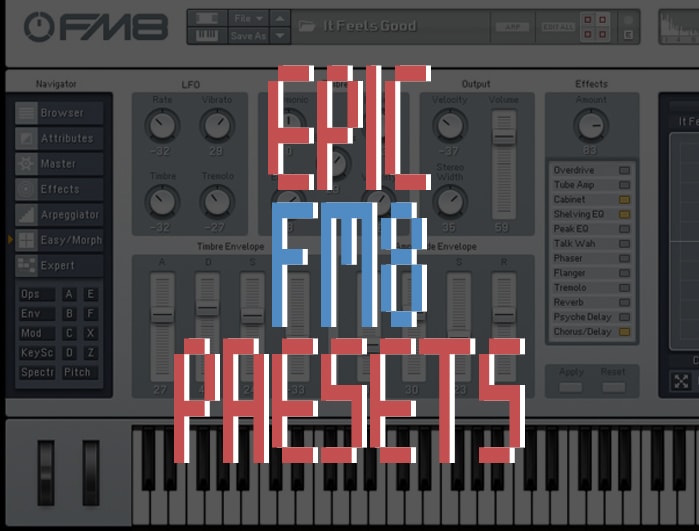

But that was novel at the time, and it sold units.Ĭheck out Aphex Twin’s or Brian Eno’s DX7 patches if you’d like a little subtlety. The DX7 hit a world of lowpass filtered Moogs with a crazy dose of high frequency FM madness, and most of the period patches are waaaaay too bright and jangly for my taste. Plus, it does double duty as a patch-editor and librarian if you’ve got a real DX sitting around. ( ) It has a low-fi mode that mimics everything but the output DACs of the old DX7. (I’ve had both in my house recently, and got to A/B them with “the same” patches on them.)ĭexed is great. While they both sound “digital”, it sounds digitaler. It’s a lot cleaner, some complain about “sterile”. You can _really_ hear the difference in the highs. The DX7 II, which followed by a few years, doubled the voices, but also improved the DACs. The original had 10-bit lookup talbes for the internal math, a funny sampling rate, and maybe only 12 bits? on the output DACs, which make them sound a little bit lo-fi. Posted in Musical Hacks Tagged 80's, chip decap, dx7, emulator, microscope, music, reverse engineer, synth, synthesizer, yamaha Post navigation The next pop culture trend, grunge, essentially was a rebellion to the 80s explosion of synths and neon colors and we’ve seen some unique ways of exploring this era of music as well. Of course you don’t need a synthesizer to make excellent music. Yamaha stopped producing the synthesizer in 1989 but its ubiquity makes it a popular, if niche, platform for music even today. ’s hope is that this work improves the understanding of the Yamaha DX7 chips enough to build more accurate emulators.


From there he can show exactly how the chip works down to each individual adder and array of memory. The detail in his report is remarkable as he is able to show individual logic gates thanks to his powerful microscope. He took around 100 photos of the de-capped chip with a microscope, composited them, and then analyzed them painstakingly.
#Free fm8 presets generator#
To be clear, by “look” that’s exactly what we mean in this case, as is reverse-engineering the YM21280 - the waveform generator of the DX7 - from photos. This synth was everywhere in pop music at the time, and now we can all get some insight from taking a look at this de-capped chip from. “Take on Me?” “Highway to the Dangerzone”? That harmonica solo in “What’s Love Got to Do With It?” All DX7. Sure, there had been synthesizers before, but none acheived the sudden popularity of Yamaha’s DX7. For better or worse, this synthesizer was king in the 1980s music scene.


 0 kommentar(er)
0 kommentar(er)
